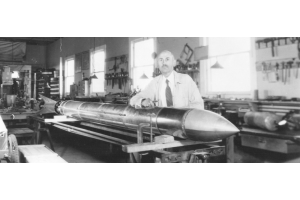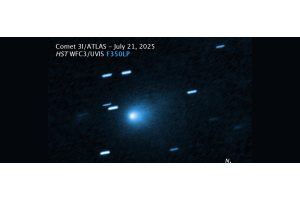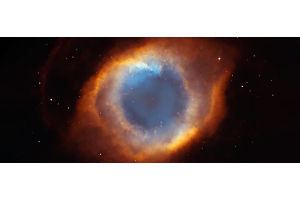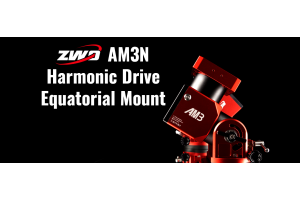Page 3 - astrophotography
Although astrophotography may seem challenging for beginners, it can be a very satisfying experience for a photography hobbyist. The initial stages can be difficult for newcomers, especially regarding tools and techniques. Dive in and learn some helpful answers to the questions of some beginners.
What camera is best for taking photos of celestial objects and the night sky?
An advanced or expensive camera is optional. Many novices achieve decent results using entry-level consumer DSLR cameras paired with a sturdy tripod. DSLRs provide manual control over exposure settings - critical to properly exposed images in low-light scenarios. Options like interchangeable lenses also offer flexibility as one progresses.
How do you locate and capture faint celestial targets?
Locating constellations and objects like nebulae and galaxies can be challenging, even with star charts. Beginners should master lunar and planetary photography before tackling diffuse deep-sky objects. Mastering the camera exposure and focus controls is essential to capturing details in low light. Accessory equipment like telescopes and star trackers can make photographing specific targets easier.
What technical skills does astrophotography require?
Beyond photography abilities like composition and exposure control, astrophotography also requires comfort with editing software. Knowledge of stacking multiple short exposures and applying calibration frames during processing is often critical to reducing noise and bringing out the most detail possible from faint subjects. There are many excellent tutorials and courses for developing these technical skills.
How do you locate and track objects?
Identifying and concentrating on specific sections of the vast night sky can be tricky. Tools like star charts, apps, and telescopes equipped with locator functions are beneficial. Some cameras have detachable motors that move them at the same rate of speed that the Earth is rotating. This counteracts the apparent motion of the stars across the sky so they stay steady in your frame.
What are some beginner targets?
Two of the best and brightest targets are the Moon and the planet Jupiter. Photographing these nearby objects is a popular way for astrophotographers to practice. When terrestrial weather conditions allow, they can reveal vivid details. More distant star fields in constellations like Orion are also worthy of filming for novices.
How do you deal with light pollution?
Bright lights from cities and streets often obscure universe views. But you can frame your shots to avoid unwanted light sources or edit them out later with post-processing software. Alternatively, light pollution filters on cameras can improve results right when images are captured.
How long do you need to expose images?
Astrophotography requires significantly longer exposure times for dim celestial objects than daytime photography. Times range from several seconds for objects like the Moon to 30 minutes or more for faint galaxies and nebulas. Your camera needs to stay completely still throughout. So, a sturdy tripod and remote shutter control are necessities.
What is next after getting started?
Once you have the basics down, consider buying or making enhancements like telescopes with tracking functions to zero in on particular star clusters. Investing in specific filters that let hydrogen alpha rays through can also heighten definitions of galactic features and colors. Teaming up with local astronomy groups provides excellent hands-on learning and fellowship as your skills progress. The more you do astrophotography, the more rewarding it becomes.
Despite a steep initial learning curve, the breathtaking images should inspire newcomers to persist and develop their astrophotography abilities. Over time and with practice, the required skills become more natural.
Astrophotography lets amateur astronomers document the extraordinary beauty swirling above us that most people never glimpse. With curiosity and patience, it's a remarkable hobby that can form lifelong passions. So don't be deterred by the challenges. Start small, learn by doing, and have fun unveiling the universe in your backyard!
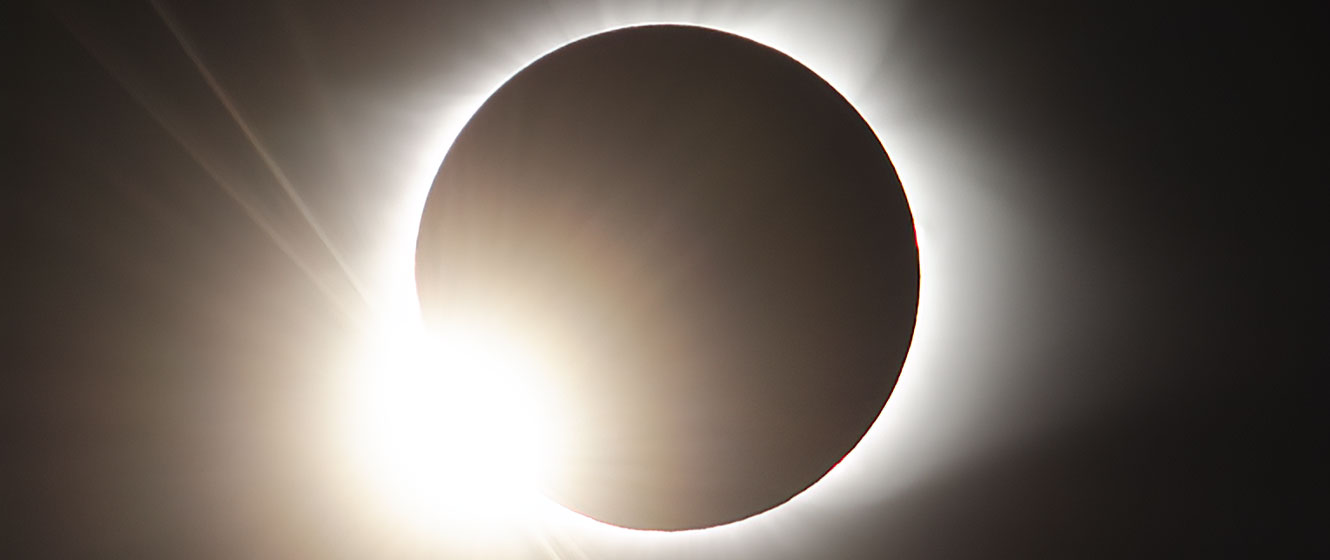
Gearing Up to Observe Eclipses: Key Equipment for Solar Viewing
In astrophotography, there are rare opportunities to see the Sun obscured by the Moon. You'll need specialized equipment to observe the event safely and capture all the dazzling details as they unfold. Critical solar eclipse gear falls into four categories: filters and viewers, specialized telescopes, tracking, intelligent tech, and accessories.
- Solar filters and viewers to protect the eyes, every optical instrument, like binoculars, camera lenses, telescopes, and spotting scopes, must have a proper solar filter installed over its frontal lens. Silver or aluminum-coated polyester filers block 100% of ultraviolet and infrared rays, allowing safe, direct viewing. Special solar glasses made of rigid mylar with reflective coatings also offer eye safety for eclipse watchers. There are many standard vision options, from inexpensive paper-framed glasses to deluxe models of viewers.
- Specialized solar telescopes specially designed solar telescopes like Coronado's PST Personal Solar Telescope and Lunt LS60THa offer optimal features like hydrogen-alpha wavelength compatibility for surface viewing. Their technical constructions reject heat and let through only a nanometer of visible light optimized for surface features. Higher-end models boast avid solar astronomers who prefer superior optics, ergonomics, and an easy-to-mount chassis.
- Tracking mounts and smart tech. Equatorial tracking mounts automatically counteract the Earth's rotation to maintain a steady bead on the Sun through partial and total eclipse phases. High-precision, computerized GoTo mounts, like Celestron's CGX, are customizable and work with intelligent software and mobile apps to enable remote guidance. Bluetooth camera remotes afford hands-free precision timing of totality photography. For DIY trackers, ASTROPI imaging tools and rig gear offer creativity for makers.
- Accessories. Don't forget additional accessories like stable tripods, external battery packs, microSD cards, laptops or tablets, off-grid power, wide-field binoculars for overview context, and more equipment to aid smooth photo sessions. Red flashlights enable reading gauges without compromising night vision. A precise sky tracker monitors cloud cover forecasts so you travel to the best possible eclipse path location.
When the rare sight of a total solar eclipse occurs, prepare to experience both thrilling beauty and science firsthand. However, specialized filters and viewers, telescopes, mounts, and other accessories are necessities for viewing safety and photography success. Invest in quality gear explicitly guaranteed for solar observation so you don't miss a detail during the fleeting spectacle.



